- Get link
- Other Apps
- Get link
- Other Apps
This morning my son and I were on a plant rescuing mission. I had spotted a beautiful Turk's Cap among the trees down the street from the land at a wooded lot neighboring wetland. Our neighborhood is beautiful, with large wooded areas and lots of wetland just a mile or two from a historic downtown, and the city is creeping out. Our old, African American neighborhood is being gentrified, and as this happens, we keep on seeing more and more surveyor's sticks.
When the builders come in, they clear the entire plot leaving it void of any native plants, trees and other vegetation. This is why our family has been rescuing many native plants such as elderberry, lantana, muscadine grapes and while this Turk's Cap might not be native, it got rescued as well. We too will one day need to clear some of our land to build the new house, but we want to plant lots of native plants and trees around our home.
It is always a bit hazardous to rescue plants around here, and we usually start out with making lots of noise, jumping on the ground etc., in the hopes of scaring away snakes, especially rattle snakes and moccasins. Errrr...shaking just by the thought of it. Today it was like walking through a jungle to get to it, but I made it in there. The Turk's Cap was growing by the trunk of a tree, supported by a palmetto. I dug up what I could, but I also made sure to leave some of the plant remaining, just in case they do not demolish everything in sight.
The Turk's Cap is native to the southern United States including Florida, and this Turk's Cap (Malvaviscus arboreus) is also known as Turkcap, Turk's turban, wax mallow, ladies teardrop and Scotchman's purse. It is in the hibiscus family, but contrary to the commonly known hibiscus, the Turk's Cap does not open up and hangs more like a tear drop. While this might not the native variety, it is a variety that is popping up around our neighborhood, so it likes the conditions here.
We sure hope this beautiful hibiscus plant will survive in its new home, and we also hope it will attract both butterflies, bees and humming birds to The Land.
Did you rescue any plants lately?
- Get link
- Other Apps
Popular Posts
Troy-Bilt Wood Chipper - Super Tomahawk = Our No. 1 Tool For Better Composting
We could not have gotten as far with our sustainable land clearing and composting, if it had not been for our power horse, our Troy-Bilt Super Tomahawk wood chipper with its 8 HP Briggs & Stratton motor. We purchased this 31+ year-old wood chipper off Craigslist for $200 about a year and a half ago, and it is still going strong. Troy-Bilt Super Tomahawk Wood Chipper
Zone 9A/9B Gardening Calendar - North East Florida Planting Schedule
Gardening in Florida is a very different experience than gardening in the rest of the country, and growing fruits and vegetables in North East Florida is a very different experience than gardening down south. It has taken us about five years to adjust to the zone 9 planting schedule, and while there are many zone 9 garden guides out there, we felt that there was a need for a simple, user friendly zone 9A/9B planting calendar.
How To Remove Palmetto Palms
If you have ever tried to remove a palmetto palm by cutting it down, you will likely have realized that removing palmettos is tricky. So, when we got ourselves a piece of land with about half an acre of these wonderful palmetto palms, also known as saw palmettos or shrub palmettos, we knew that we had a challenge on our hand.
Where To Find Free Nursery Pots and Planters
Every gardener needs something for their plants to grow in. Whether it is directly into the soil in your garden, into a garden bed, nursery pots, ceramic pots, terracotta pots, or if you get more creative, you need something for your plants to grow in. That's why we're always looking for free nursery pots and cheap planters.
How to Transplant a Banana Tree
Wondering how to transplant a banana tree? I know, it's not a tree, so wondering how to move a banana plant? Bananas are pretty easy to move, and they're pretty hardy too. The best time to transplant a banana plant is in the rain season, but I've planted and re-planted banana plants all year round, just remember to water well if it doesn't rain. Last year I planted a small ice cream banana pup in front of our home, but I was negligent in my research and didn't realize just how big it would get. I prefer moving banana trees in the rain season, but the leaves were getting too close to our power line, so it had to be moved. The roots of banana trees aren't very deep, and they will quickly re-establish, if you give them some love and water. The root ball of a 1 year old Grand Nain banana We've been preparing an area at The Land for banana babies, since we now have six different banana varieties at the house and these are beginning to give us pups. Today was th
How to Grow Mulberry from Cuttings
Our favorite mulberry bush is in danger of eradication, so for the past year or so we have been growing mulberries from cuttings. Our children love eating fruit straight from the trees and bushes, and while we lose wild areas every day to construction and development in our community, we still have a few areas left untouched for now. Some mulberry trees are simply too tall for great mulberry picking, but this one mulberry bush is low and spread thick like a bush. Mulberries look similar to blackberries, but they are sweeter and juicier. They do not hold up well, which is why you will not find them in the stores, but we freeze any leftover mulberries to use in our weekly smoothies. Wild blackberries and wild mulberries We've taken cuttings three times from the mulberry bush. We waited until after fruiting last spring to take the first cutting, and the second time was about four months after fruiting. The third set of cuttings we took was in late winter, just as the mulberry bush had
Finding Free Plants on Craigslist
If you are looking to add new plants to your garden, make sure to keep an eye out for free plants in the free section on Craigslist. We have picked up free plants a few times, when someone is clearing out their garden, and in return we make sure to post items as well. This morning I spotted a post for a free estate sale on Craigslist, and it included potted plants. It was in a fancy neighborhood by the beach, where an old house was being torn down to build a new huge one. We picked up several knick knacks such as plates, vases,paintings, lamps, a coat rack, a book shelf and more, and we also brought home as many big pots and plants as our mini van could fit. Free pots and plants These pots were the big ceramic kind that are not in our teacher's budget, and there were lots of different plants too. The plants need to be re-potted and re-nourished, but we've added some new plant species to our garden, which we will make sure to create more plants from trough seeds and
Save Your Papaya Trees After Cold Damage
Papayas are susceptible to high winds and freezes, but do not let that prevent you from growing papayas in zone 9a or 9b. In our experience, papayas are pretty cold hardy, but they do not like temperatures below freezing, especially not a sustained time with freezing temperatures. Temperatures below 40 degrees F/4 degrees C will make the papayas begin to look sad, but it is not until the temperatures hit freezing, that the papaya trees will sustain damage enough to kill the papayas. Last winter we had two quick freezes here in St. Augustine (growing zone 9a), and while our tallest papayas looked sad after the first freezing night, it was not until the second freeze that they were defeated. How to Save Papayas After a Freeze: After a freeze wait and see for a week or two to determine where you need to cut your papayas. If another freeze is imminent before your wait or see period is over, make the cut low, cover and protect. Look for new growth or a firmer trunk. Cut the papaya trunk at
How To Grow Papaya From Seeds
Papaya is one of the easiest fruit trees to grow, if you provide them with the right conditions. Here in North East Florida we are in growing zone 9, and while papaya prefer warmer winters than we have here, we have still had great success. Eat a papaya, grow a papaya. We got the idea to grow papaya from seeds, when one of our children began suffering from constipation. The pediatrician suggested that we added papaya to the diet, because papaya is a diuretic. However, papaya can be expensive often costing $5 for a single fruit, and sometimes papaya can be hard to find at the store. For a frugal family of seven, this means papaya is a luxury, so we now make sure to have papaya trees of all sizes planted around the house. Each papaya fruit has a myriad of seeds, and they are so easy to start. Papaya does not like to be transplanted, although we have been able to do so with varying degrees of success, so plant the papaya directly in the soil outside. If you are in zone 10+, you shou
How To Make Permanent Plant Tags out of Recycled Plastic, Aluminum & Copper
We have lots of citrus trees in the garden, but until they produce fruits, they will be just that - citrus trees - because I have no clue what type they are, since most of my plant tags never held up. I've tried many different plant tags from chalk signs to plastic and the infamous popsicle stick. All failed the test of time, but when I started selling plants, I had to come up with some way to identify the plants and trees to make it easier for the customers. I wanted something that would last at least 6 months, could stand up against the weather, and I began looking for plastic plant tags. I had a hard time finding affordable, recycled plastic plant tags, so I decided to create my own. We've also begun a complete revamp of our front garden, which means more plants, and we've got lots of plants and trees growing for our future garden at The Land. For these plants, I wanted permanent plant labels that could contain both the common name and the Latin name, and I found these
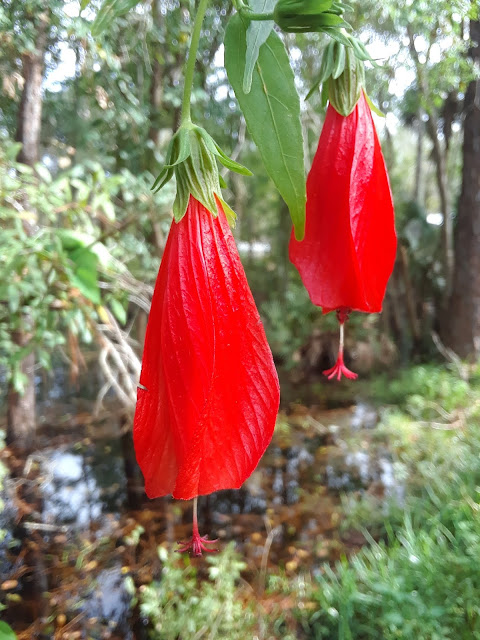
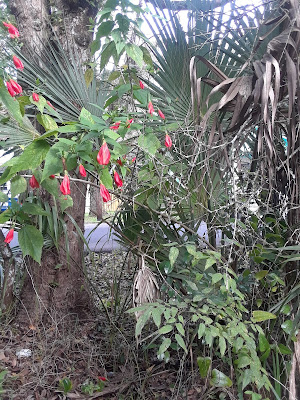
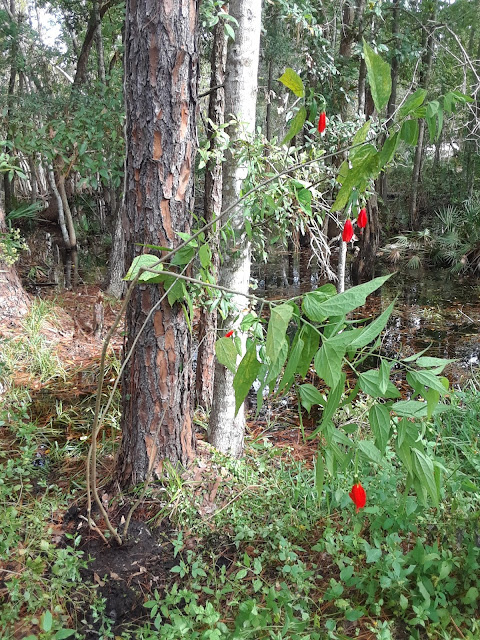

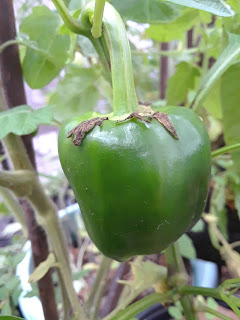
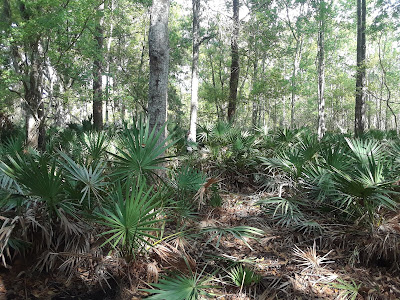



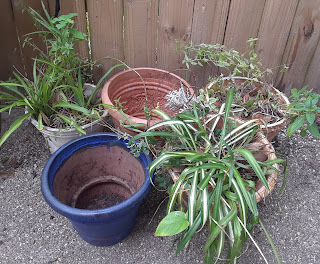

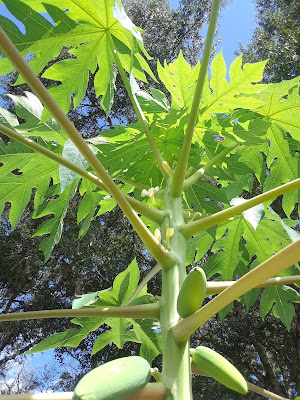

Comments
Post a Comment